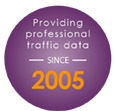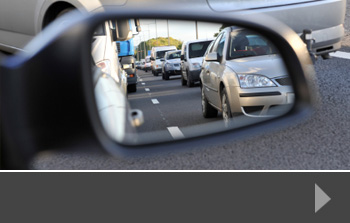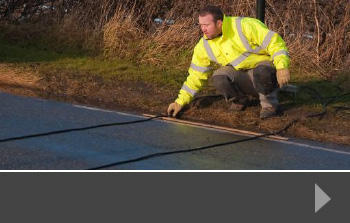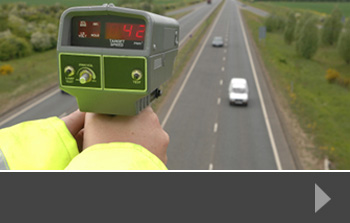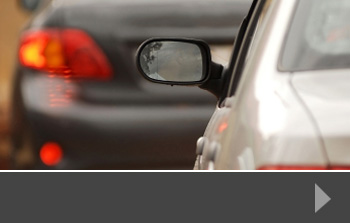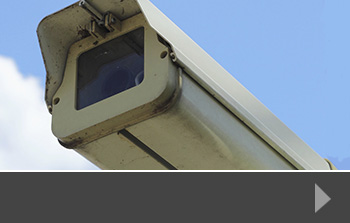Are flying cars the future of transport?
On June 30th, a prototype of a flying car made its maiden flight between two airports in Slovakia. The vehicle is a hybrid car and aircraft, called AirCar and has been designed by Professor Stefan Klein of Klein Vision, the company which developed the car. It takes just two minutes and 15 seconds to convert from a car to an aeroplane and has clocked up more than 40 hours in the air to date.
Money in the air
There’s a lot of excitement around the potential market for flying cars, according to the BBC website. It says that, in 2019, consultancy firm Morgan Stanley predicted that the market could be worth up to one trillion pounds by 2040 – that’s less than 20 years away. Flying cars are considered to be an answer to congested roads and the consequent strain on road infrastructure – something we are heavily involved in working on as part of our traffic surveys.
A long way to go
These are very early days in the evolution of flying cars. The AirCar, which is powered by a BMW engine running on regular petrol fuel, certainly looks the part, with a sleek design and narrow wings that fold down the side of the car for road driving.
The car needs a runway to take off, which limits its potential marketability – other innovators are looking at drone-style flying vehicles that can take off vertically. The Aircar can currently only take two passengers with a combined weight limit of 200kg, but it does show what could be possible.
There’s also the sustainability aspect. Does a flying car use more fuel or cause more damage than a traditional car? With a top speed of 170km per hour, it certainly reduces journey times, and so is likely to be more sustainable overall than driving distances at a much lower speed. But there are still many factors to be worked out – not least safety.
Proponents of flying cars are excited by the successful development of the AirCar, but are also aware that there are very different levels of skills required to ‘fly’ a car as well as drive it. And if there are significant numbers of flying cars in the air, how do we make sure there are no collisions? And finally, the vehicles themselves will have to meet stringent safety standards so that everyone is confident they can have a long-enough life span without compromising the safety of people in them – or under them.
To find out more about how we can help your project look at the strain on the road network, or plan for new roads and developments, talk to us today about traffic surveys, journey time surveys and our other services for collecting accurate road-use data.

